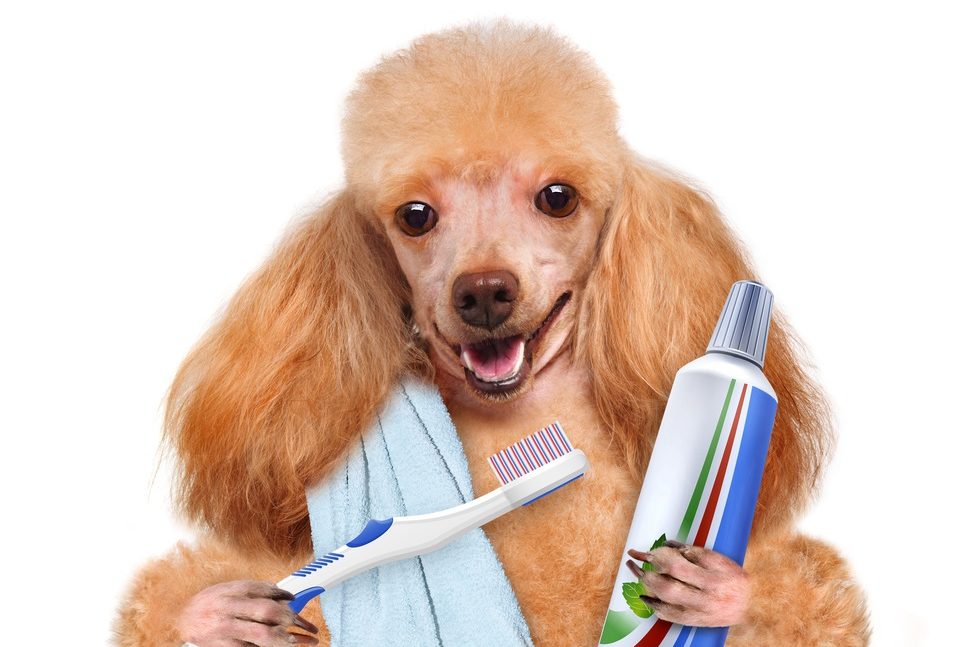It’s a fact that pet parents have hectic lives. And while most pet parents have mastered the art of getting their dogs into a pattern of eating, playing, and going for walks, many dogs are losing out on a regular grooming regimen. The best approach to maintain your dog’s health, appearance, and cleanliness of their sanitary regions is to have them professionally groomed. Many pet owners have asked us how frequently they should groom their dogs since we launched our new grooming program, and we have an answer for you!
According to the American Kennel Club, you should get your dog groomed once a month for the majority of breeds, though the frequency might vary according to the breed. Regular grooming will assist your dog to avoid matting and tangles. Matting typically quickly gets worse if neglected when moisture trapped under a matted coat develops into skin irritation or infections. Grooming is therefore a prophylactic action that should not be disregarded. However, grooming is not a “one-size-fits-all” service, and some dogs can require more upkeep for their grooming than others. In order to assist you to decide how frequently your dog may need to be brushed, bathed, or thoroughly groomed, here is a brief reference tool.
Dogs with Short Coats
Boston Terriers, Dobermans, Pinschers, Staffordshire Bull Terriers, and Pugs are a few examples.
Short-haired dogs rarely require extensive clipping or trimming, and often only require periodic washes every 4-6 weeks and light brushing. Contrary to popular opinion, dogs with short hair do shed, and some of them even more than dogs with longer hair. Additionally, there are de-shed therapy alternatives that can considerably lessen the amount of shedding, even if nothing will stop them from doing so permanently. We suggest the following course of action for short-haired dogs.
Dogs with two coats
Examples include Shiba Inus, Golden Retrievers, Labrador Retrievers, Huskies, Havanese, and Pomeranians.
The undercoat of double-coated dog breeds typically sheds heavily and seasonally. If not properly groomed, they may be prone to matting because of their thicker coats. Without brushing, the undercoat may tangle and mat, which hurts your dog’s health, and necessitates expensive veterinary or grooming costs to properly de-mat. You can prevent matting and reduce the amount of fur that ends up covering your floor by maintaining a regular brushing schedule.
Despite the fact that the coats of different double-coated dog breeds vary in length and texture, they all require frequent brushing that penetrates the undercoat to the skin. So, brushing ought to happen at least 1-3 times a week. Double-coated dogs’ coats should be clipped rather than shaved down when it comes to grooming. This is partially due to the fact that their undercoat aids in temperature regulation.
Puppies with short, dense coats typically don’t require more than one bath or grooming session every two to three months. However, huskies only require bathing a few times a year and rarely need their coats trimmed. However, we advise bathing and trimming around the face, ears, sanitary areas, and paw pads once a month for the majority of double-coated puppies with longer, less dense coats. We advise a gentle trim of their coat at least every three months for complete body trims.
Dogs with Curly and Wavy Coats
Poodles, American Water Spaniels, Curly Coated Retrievers, and Bicho Frise for example.
Because they shed less than other breeds, puppies with curly and wavy coats are desired, but their coats are more likely to become matted. Dirt and debris can become lodged in the curly coat, where it will stay until brushed or cleaned out. Consequently, maintaining regular grooming, washing, and brushing schedule is crucial.
We advise brushing these puppies’ coats at least three times every week. A slicker brush can be used to brush from the skin out. For mats that are more resilient, use shampoo. We advise bathing and grooming once a month for maintenance. Breeds with curly or wavy hair should have their coats periodically groomed to prevent the need to shave them bald. We advise going to a groomer at least once every month.
Wire-Coated Canines
Airedales, Wire-Haired Fox Terriers, Wire-Haired Pointing Griffons, and Wire-Haired Dachshunds are a few examples.
The wire coats of several terrier breeds are quite rough and bristly. Although they don’t shed their coat, dead hair has a propensity to mat close to the skin. They must therefore be brushed/combed out from the skin to the end of the hair, just like dogs with curly and wavy hair. We advise taking a bath at least every one to two months and brushing at least 1-3 times a week. Every 4-6 weeks, the majority of grooming should consist of light trims around the face, ears, paws, and sanitary regions. Generally speaking, wire-haired dogs shouldn’t have their coats shaved short because they might become softer and a different color.
Contact Us
If you’re looking to have your dog groomed, contact us ASAP!

